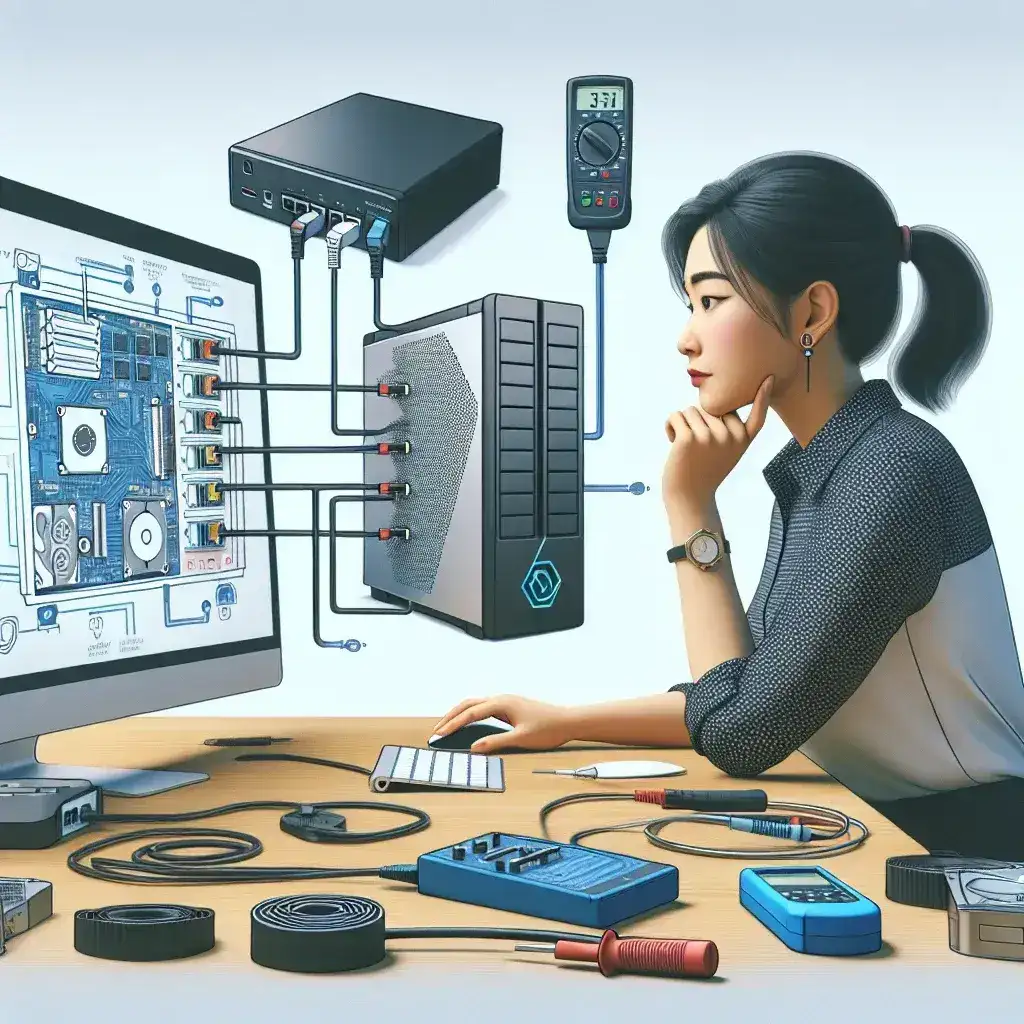How do you troubleshoot connectivity problems with a NAS?
Introduction
A Network Attached Storage (NAS) device is an essential tool for data management in many households and businesses. However, connectivity issues can sometimes impede its performance. Understanding how to effectively troubleshoot connectivity problems with a NAS can ensure the reliable access and storage of your data. In this comprehensive guide, we will explore various steps and methods to diagnose and fix these connectivity problems.
Common NAS Connectivity Issues
Before diving into the troubleshooting steps, it’s crucial to identify common connectivity issues you might encounter with a NAS:
- IP Address Conflicts
- Network Configuration Errors
- Hardware Malfunctions
- Firmware Issues
- Network Cable Problems
- Firewall Restrictions
Initial Checks
Performing a few initial checks can help you quickly identify the root cause of the connectivity problem:
- Check Power and Connections: Ensure both the NAS and router are powered on and all cables are securely connected.
- Reboot Devices: Restart both the NAS and the router to resolve transient issues.
- Verify Network Settings: Confirm that network settings on the NAS match your network configuration.
IP Address Conflicts
IP address conflicts are one of the most common causes of NAS connectivity problems. Follow these steps to resolve such conflicts:
- Static vs. Dynamic IP: Ensure the NAS has a unique static IP address if your network uses static IPs. Alternatively, configure it to obtain a dynamic IP from the DHCP server if applicable.
- Check for Duplicate IPs: Use network scanning tools to identify and eliminate duplicate IP addresses.
Network Configuration
Incorrect network configuration can severely impact your NAS connection:
- Subnet Mask and Gateway: Verify that the subnet mask and gateway settings are correct.
- DNS Settings: Ensure DNS settings are properly configured; incorrect settings can prevent network discovery.
- Network Segmentation: Ensure the NAS and the client devices are within the same network segment.
Firmware and Software Updates
Outdated firmware or software can cause connectivity issues:
- Firmware Updates: Regularly check for and install NAS firmware updates to fix known issues and improve compatibility.
- Software Updates: Ensure all associated software and drivers on your computers and devices are up-to-date.
Hardware Issues
Hardware malfunctions can also lead to connectivity problems:
- Network Interface Card (NIC): Check the NIC on both the NAS and the computers. Replace any faulty cards.
- Network Cables: Inspect and replace damaged or aged network cables.
- Switch and Router: Ensure switches and routers are functioning properly. Replace faulty components if necessary.
Firewall and Security Settings
Firewall and security settings can sometimes block NAS access:
- Firewall Rules: Review and adjust firewall rules to allow NAS traffic.
- Security Software: Temporary disable antivirus or security software to check if they are causing connectivity issues.
Advanced Troubleshooting
If initial troubleshooting steps fail, consider these advanced techniques:
- Log Analysis: Examine the NAS logs for any error messages or warnings.
- Network Monitoring: Use network monitoring tools to identify any unusual network activity or bottlenecks.
Resolving Common Connectivity Issues: A Quick Reference Table
| Issue | Potential Solutions |
|---|---|
| IP Address Conflict | Assign a unique static IP or switch to dynamic IP |
| Incorrect Network Configuration | Adjust subnet mask, gateway, and DNS settings |
| Firmware Outdated | Update NAS firmware |
| Hardware Malfunctions | Replace NIC, network cables, switches, routers |
| Firewall Restrictions | Adjust firewall rules and disable security software |
Conclusion
Troubleshooting connectivity problems with a NAS requires a structured approach, starting from basic checks to more advanced techniques. By systematically addressing potential issues such as IP conflicts, network configuration errors, hardware malfunctions, and security settings, you can restore and maintain a reliable connection to your NAS device. Regular maintenance, including firmware updates and network monitoring, can preemptively resolve many of these issues, ensuring seamless data management and access.

